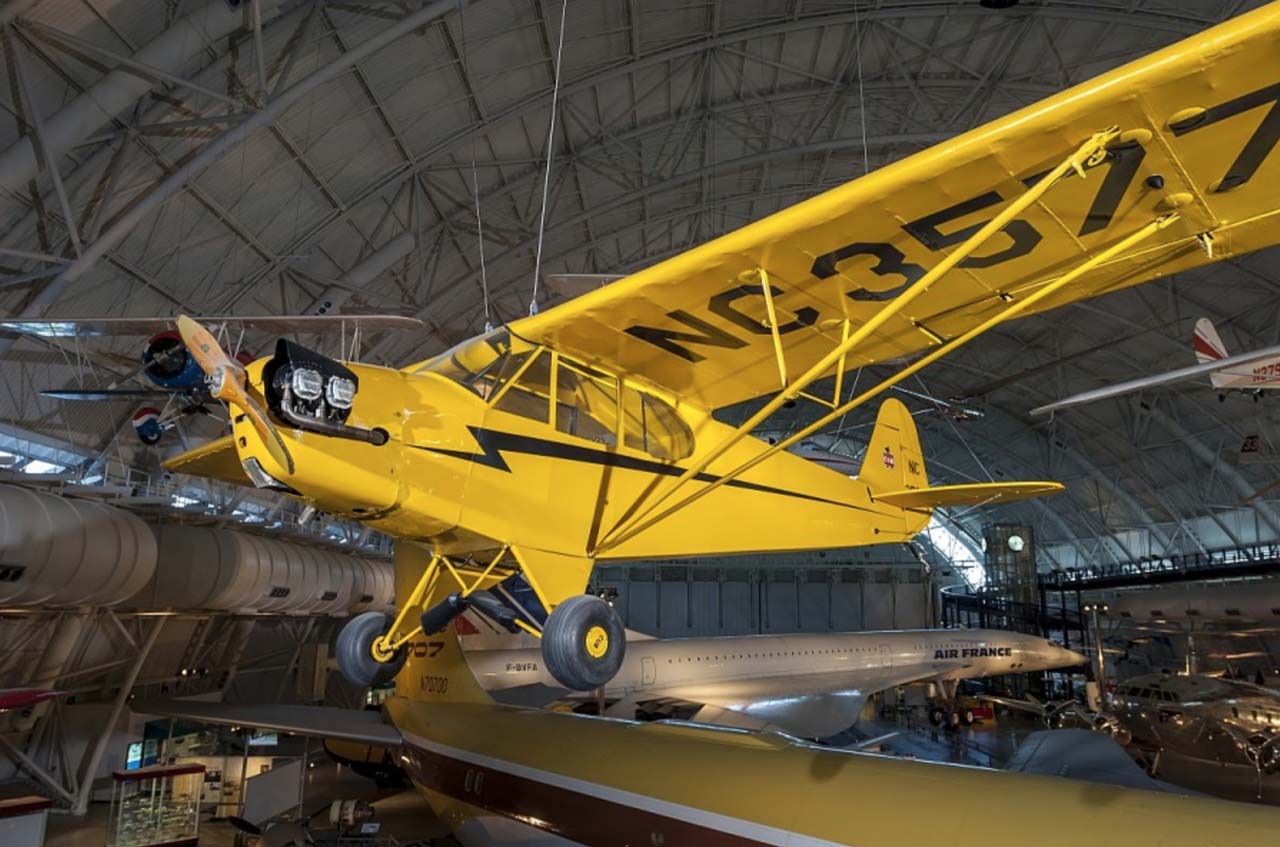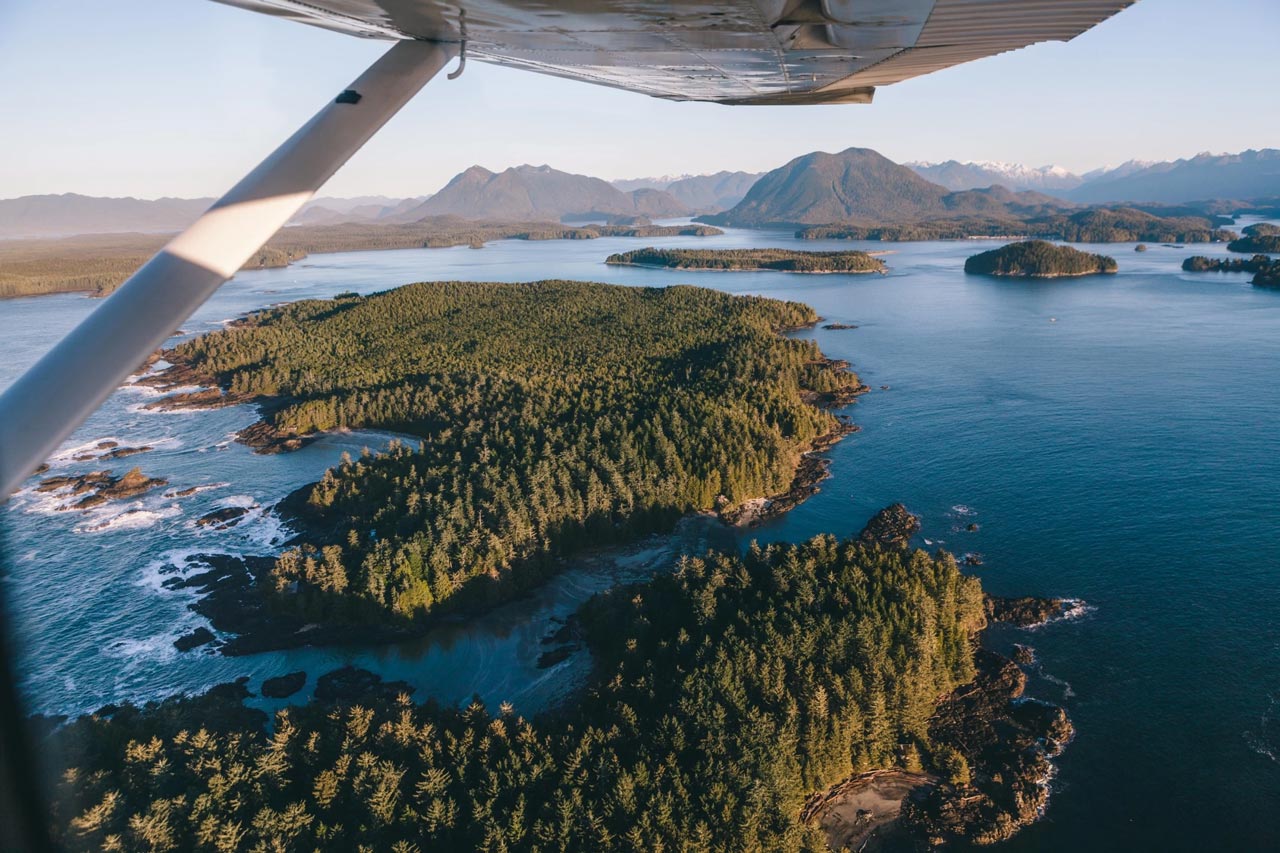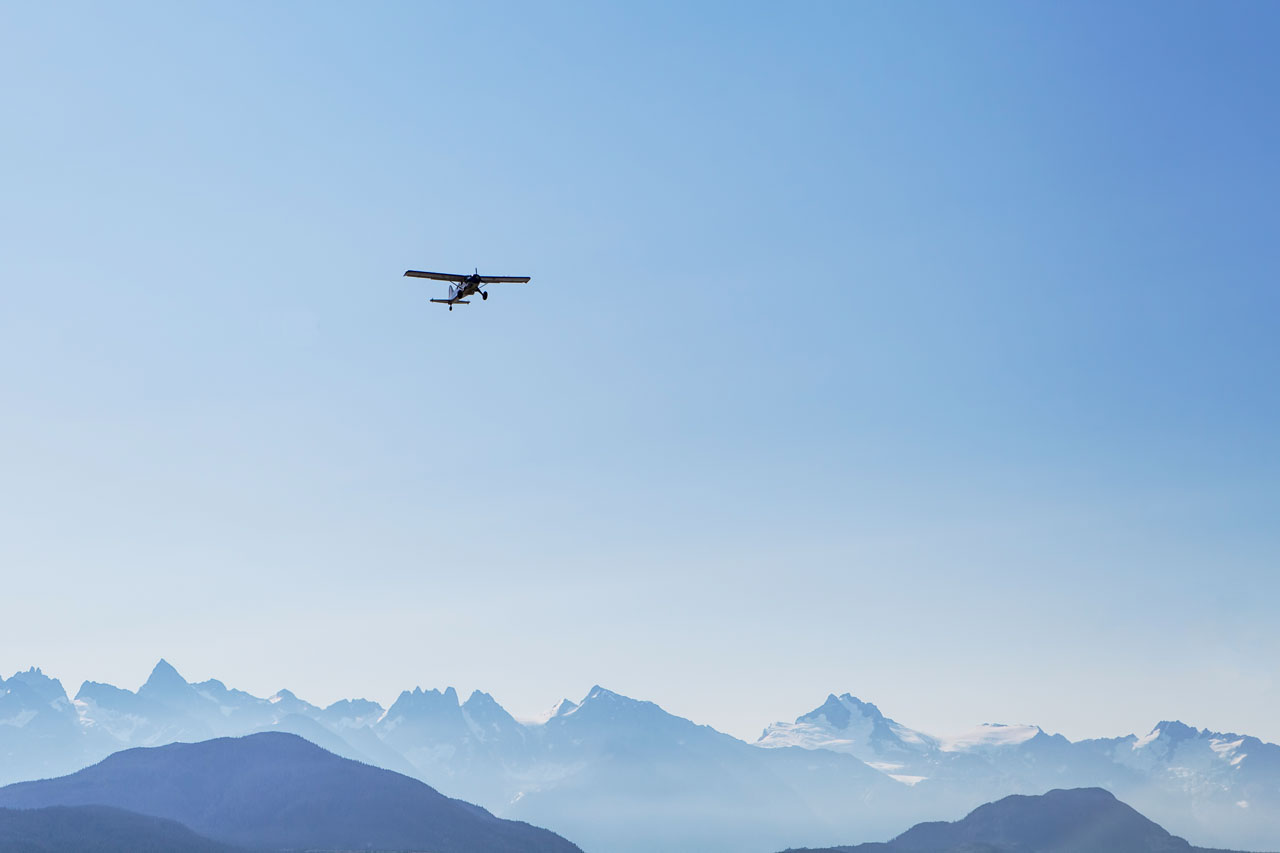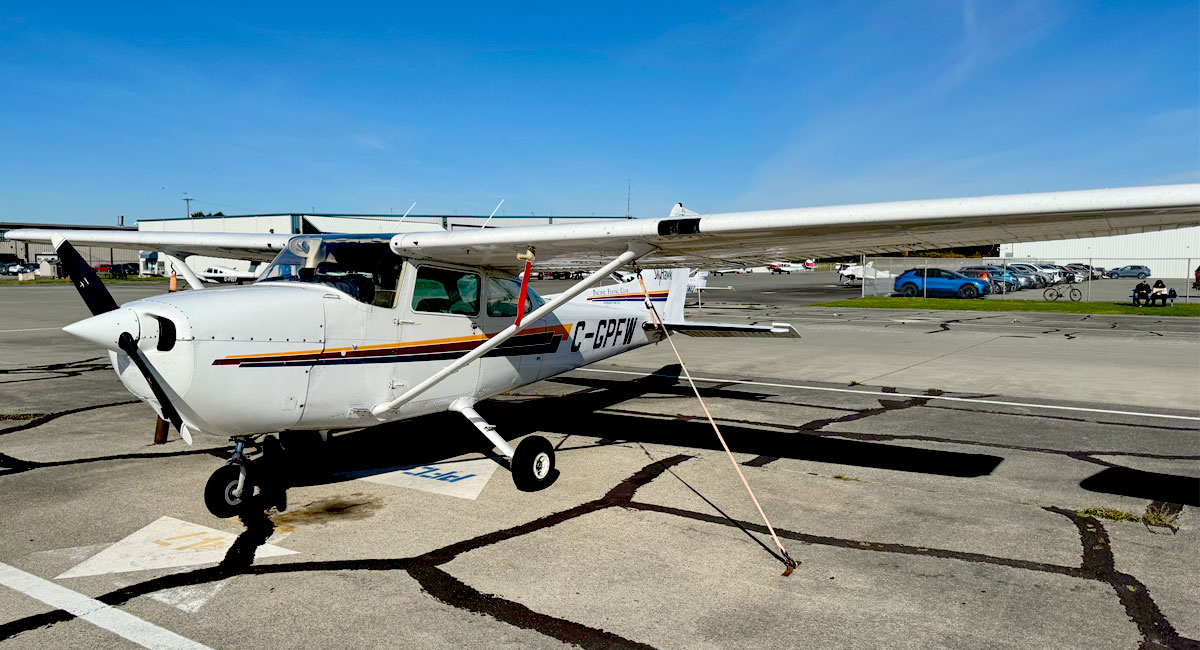
The Evolution of General Aviation Aircraft: What’s Changed Over the Years?
Piper J-3 Cub: distinctive yellow, high-wing light monoplane with tailwheel; trainer and sport aviation; Continental A-65, 65 hp engine. Photo courtesy of National Air and

I began my education just around two years ago. I had my private pilot license when applying to the program and could transition that license into the program itself. Over the past two years, I have acquired my commercial pilot’s license, and my multi-engine rating and I’m currently going through my instrument rating with the BCIT program as well. I have been introduced to the multi-crew course, which consists of five simulators, where we are now.
In this program, you are learning various aspects of aviation theory and practical flying with the Pacific Flying Club. This is where all the training happens. And this is where all the planes are located.
While with BCIT, you go through the theoretical aspects of external courses, for example, airport operations, crew Resources Management, Safety operations, and being a good reliable and safe pilot.
Those courses are usually taught at the BCIT campus in Richmond, and all the flying courses are combined, sometimes in one day, sometimes you fly at PFC, and then you go to BCIT for some external courses.
That is usually combined within the two years after the program in four separate terms. Usually, terms one, two and three are heavily focused on both aspects, and the fourth term is a nice bow-and-tie wrap-up of the BCIT course and the PFC course.
While within the program, you are introduced to three types of planes, the Cessna 152, the Cessna 172 and the Piper Seneca 1. The 152 is usually included in a private and commercial pilot package of the program. In it, you fly a seat 152. And this is usually used for training purposes flying out to the local east where you do various maneuvers and practices. Up in the local east, you take the plane for some upper and lower air work up air work usually consists of various steep turns, slow flight, stall maneuvers, spins, and spiral dives.
Low air usually consists of going on precautionary landings and simulated forced approaches. And it also includes circuits back and boundary Bay and sometimes Pit Meadows.
And then you have the 172, usually used for longer cross-country runs — anything from three to five to eight hours. We typically take 172 because it has higher endurance. You can also take it out for practicing purposes to the local east. However, that depends, as it is the bigger plane, it has a bit higher restrictions on it, and it’s a four-seater plane as well.
I like the 152 above the 172. I do you have my bias towards it. And then we have the Piper Seneca ones. Those are light twin-engine planes, and they are really fun to fly usually get to fly them during the multi-rating and the instrument rating.
Usually, we fly them out to the south to Orcas Island. If we’re practicing or doing instrument flights, we fly out to Abbotsford, Bellingham, and Victoria. We make simulated approaches in them. It’s really fun. It gets a bit complex in those. However, it takes a couple of flights before you become quite familiar with them. They are pleasant to fly as long as you understand how to fly them and their associated risks.
While looking for a program to apply to, I looked at the Southern Interior Flight Centre in Okanagan and other regions. It took some time to think about it because I want to move on in my career immediately after training. I was thinking of becoming a regional pilot or looking for a job somewhere up north, and looking into it, I found that the BCIT course is a combined BCIT and PFC education.
And those two combined aspects of what the program offers is really what intrigued me, as well as the fact they were all located in the Lower Mainland, and it is convenient.
I enjoyed the program because of all the friends I got to meet. And all the people I’ve got to talk with. There are many cool people here, which I highly recommend seeing out even if you’re visiting PFC for fun; shout out to the entire PFC team as well.
It’s been a journey, and I look forward to what the future offers. And the level of preparation this program has provided enables my peers and me to be ready and prepared for the future.
I highly recommend this program to anyone looking to promote their professional career in the fixed-wing commercial airline if you’re willing to spread out to the managing sectors or perhaps even something related to aviation. This can give you a good head start. I have enjoyed my route for the past few years, and this is only the beginning. I have been told so many times this is only the beginning of my career, and I agree with them.
So, if you are curious about flying, don’t hesitate to contact us at info@pacificflying.com or 604-946-0011.

Piper J-3 Cub: distinctive yellow, high-wing light monoplane with tailwheel; trainer and sport aviation; Continental A-65, 65 hp engine. Photo courtesy of National Air and

Photo of Clayoquot Sound by Jordan Giesbrecht courtesy of Tourism Tofino. Scenic Flights in North America offer more than just impressive views — they offer

You lift off from a small airport, climb above the trees, and head toward the mountains. Below, rivers wind through thick forests, and narrow gravel


Historical Background Boundary Bay Airport was constructed in 1941 as part of the British Commonwealth Air Training Plan, one of the largest aviation training programs

Who Are Canadian Snowbirds? Officially known as the Canadian Forces Snowbirds (431 Air Demonstration Squadron), they’re more than just an air show attraction. The Snowbirds